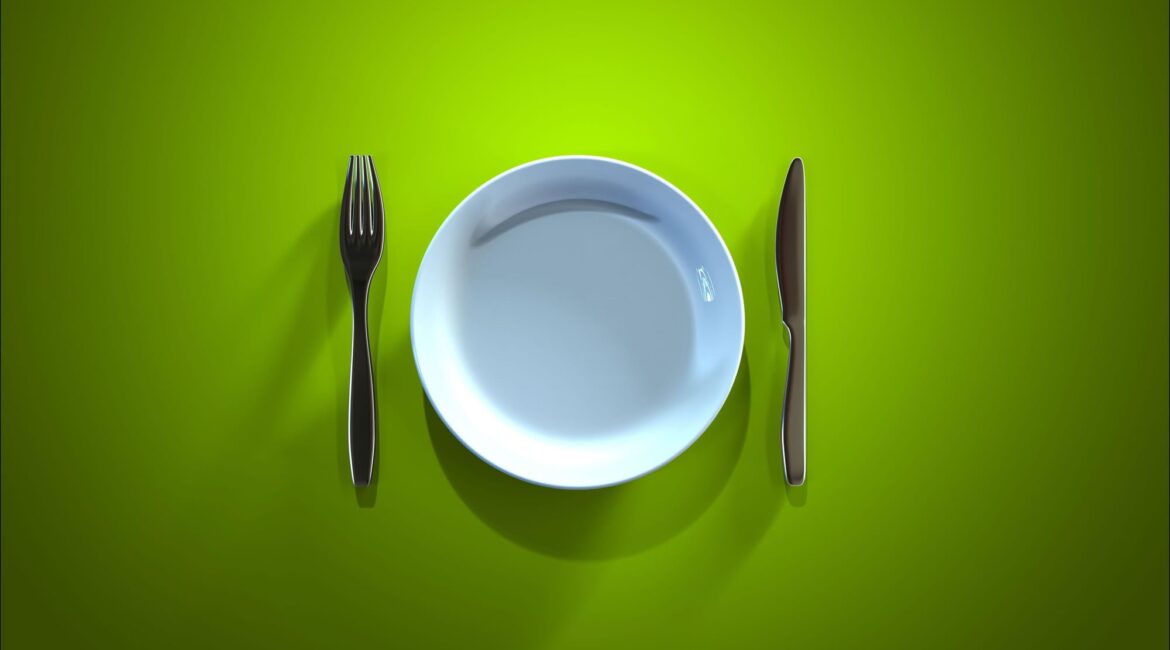LCHF Diet is the complete answer to the question of what to eat in today’s carb heavy world. Whether you are diabetic, want to lose weight or just be healthier, LCHF is the way forward. With that out of the way, the next question is how to go about eating, for optimum benefits and best results.
HOW OFTEN TO EAT AND IN WHAT QUANTITIES?
There are two approaches here which seem contradictory. They are:
- Eating small meals six to eight times a day, spaced throughout the day (widely promoted by celebs and nutritionists).
- Intermittent fasting (IF) — eating a large meal, or two meals, in a small time frame within a day.
According to me both are perfectly fine and will work in theory, but the second approach is way better in practice, especially in conjunction with LCHF.
Approach 1: LOTS OF TINY MEALS
- You eat small meals spread throughout the day, every two hours or so.
- In each meal, you take a bite of this, a cup of that, and nothing substantial.
- The argument behind this approach is that your metabolism will constantly be high, and you won’t feel drowsy, as large meals tend to divert more blood to the stomach.
This approach will definitely lead to failure in practice because:
-
- Working people, the majority of us, can’t follow such strict timings for meals.
- Preparing multiple small meals is time-consuming, and will make us go for off the shelf choices, meaning more money for food processing companies (this is why the food giants pump in money to research this approach and produce evidence supporting it).
- It is easy to overeat each meal and lose the whole point in following this approach.
- Satiety is never achieved.
Approach 2: INTERMITTENT FASTING
- Eating big meals, one or two per day, with large periods of fasting in between. Another variation is eating your meals within a small amount of time in a day, and fasting the rest of the day.
- Here, in this case, you can cook your own big meal(s), as it is going to be just once or twice a day. Further, you feel much more satiated every meal, and won’t resort to taking small bites from supermarket foods or packaged ones. Time for cooking/planning each meal is no more a burden as you have to have just one or two meals a day.
- Due to the high availability of carb-loaded foods everywhere, there is always a chance that you will be tempted to cheat every time you sit down to have a meal. This ruins your goal completely. With fewer & well-planned meals, the probability of cheating reduces considerably.
- Body metabolism slows down only when fasting is carried out for more than two days. 16hrs fasting / 8hrs eating, or one big meal a day, won’t slow you down at all.
How to go about doing Intermittent Fasting?
If you are a beginner, your first goal should be to transition slowly & steadily into the LCHF lifestyle, with your carb intake at the lowest levels you can possibly do. Don’t worry about calories or meal timings during this period. Once this is sorted, your appetite will reduce gradually.
Now the trick is not to cut the quantity of intake in each meal, but to increase the time between two full meals. If possible, increase the intake in each meal till you are well and truly satisfied with each meal.
Start reducing the number of meals from three to two, stop snacking, and have dinner earlier than usual. Slowly, in a month’s time, you will be fully adapted to this lifestyle. Preferably, the only meal you will need to eat is breakfast/brunch, and you are good to go about your day. A few LCHF/IF veterans go about two to three days without meals, which can be done once in a while for detoxing the body. But, energy levels will drop, and it isn’t sustainable. One meal a day, 16/8 IF is sustainable, can be easily adhered to, and is a long-term lifestyle change.
In short, LCHF, also widely known as paleo, keto, or carnivore diet, is basically eating what our forefathers ate. After mimicking what they ate, the next step is to mimic how they ate, for best results. Feasting on large meals and fasting for long times was the norm, rather than the exception in the paleolithic age.
LCHF makes IF easy by stabilizing BS levels, increasing satiety, and making the passage of time between two meals a breeze. In return, IF enhances the benefits of LCHF by making you less likely to cheat and saving cooking time, along with a whole host of other health benefits. After a month or so, LCHF along with IF will completely change one’s relationship with food from “Living to eat” to “Eating to live”!
We have a Structured Transition Plan for switching to Indian LCHF Diet and huge recipes resources on our forum.


